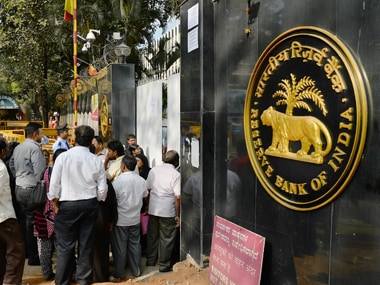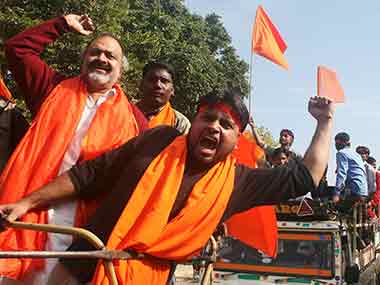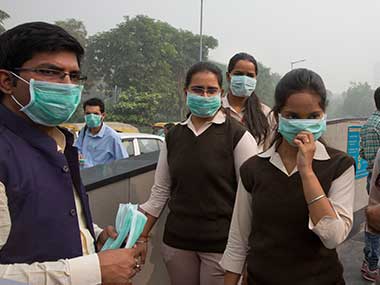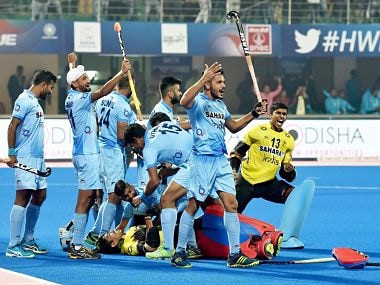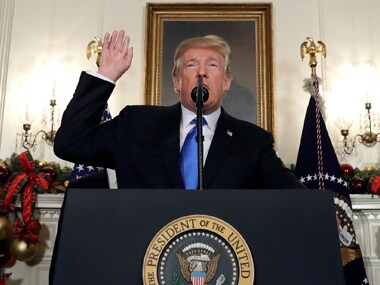The credit policy review should normally be a non-event as it gives the view of the Monetary Policy Committee (MPC) on inflation and growth based on other underlying factors. As the ground rules are written for taking monetary policy action it should be easy to conjecture what the committee should recommend. However, while the number of 4 percent Consumer Price Index (CPI) inflation is held sacrosanct the past movements and the expected movements in future become important for taking a decision. Further, while the past numbers could be low and inflation threats the same at two periods of time, there have been differential responses on interest rate action by the MPC. This is what makes the credit policy very important for the market, because the outcome can never be guessed right all the time.
Further, spice has been added to the policy by critics who constantly argue vociferously for rate cuts every time the policy is coming up which gets support from everyone in industry and the market. The usual arguments are that the Reserve Bank of India (RBI) is getting the inflation forecast wrong every time or is thwarting growth to the extent of putting the economy in jeopardy by being consistently hawkish and incorrect on inflation. The truth is that the policy decision is not of the RBI but a Committee set up by the government which also has three independent economists who seem to be thinking alike most of the time. Therefore, the resultant decision is based on Group think rather than an individual or organization.
This said, the MPC was not expected to make any change in rates. Why? As policy on rates has to be forward looking, the MPC has to take a call on inflation. The CPI inflation rate is less than 4 percent today but is expected to increase to beyond the 4 percent mark. The RBI has projected that it would be in the range of 4.3-4.7 percent in the next few months. If this is a call taken then the possibility of cutting rates today was ruled out. Also there should not be any expectation of a rate cut even in February unless this inflation rate remains below 4 percent.
Is the inflation estimate too aggressive? Not really because most components of the CPI are under pressure. The food part has started moving up as vegetable prices have gone up. The kharif crop has come in lower than expected while the rabi sowing has started off sluggishly. Oil price continues to be uncertain and while it looks like that it will not go beyond $ 65 mark, it may not come below $ 60. Also if it does, given the revenue loss on GST by the government, there would be an increase in the countervailing taxes which are outside the GST as petroleum products are not included here. Therefore, transport costs will go up (fuel inflation is above 6 percent presently).
On the demand side, the House Rent Allowance (HRA) component, though notional, has moved up (again over 6 percent in October). But this will add to purchasing power and demand which can be inflationary. The other components of core inflation are already in the 3.5-4.5 percent range and hence will continue to be pressurized. The RBI has pointed out that fiscal slippages are around the corner with the GST reduction adding to revenue loss which in turn can again cause inflation.
The conclusion that can be drawn is that the RBI with the MPC has taken a firm stance that the view on interest rates will be decided independently by them and if the call is to maintain a status quo, so it shall be. If there is concern about growth, then the government could take additional steps. This is where the conundrum lies. The government is keen to stick to the 3.2 percent mark which is held sacrosanct. Hence, a fiscal stimulus is ruled out for the year. The RBI will not budge on interest rates as inflation threat looms. Therefore, it was appropriate that the gross value added (GVA) target has been maintained at 6.7 percent.
The other issue which the market was looking at is liquidity. Here too there was no reason to expect a Cash Reserve Ratio (CRR) cut. The 1 percent cut in CRR can release around Rs 1 lakh crore or so. But is this required today? The answer is no for two reasons. First, there is limited demand for credit as investment has slowed down. A significant reason is that there is surplus capacity in almost all industries. The other is that banks already have surplus funds of between Rs 1-1.2 lakh crore with them which are parked in the term reverse-repo avenue as there are few lending opportunities. Also as long as the non-performing asset (NPA) issue persists there will be provisions that have to be made and the resulting loss of capital has to be made up by infusion by the government. Until this is done, they will not be in position to lend. Cutting CRR now would only mean giving banks money to put back through the reverse repo window which actually makes little sense.
The policy statement ends on an interesting note. It does highlight some strong positives in the form of the Insolvency and Bankruptcy Code (IBC) and the higher capital issuances in the market. As an extension it applauds the improvement in the doing business environment. This should result in higher investment in the medium term. But it passes the onus on improving the flow of credit to banks which have to better transmit the rate changes invoked by the central bank earlier. This surely should call for some introspection.
Published Date: Dec 07, 2017 07:22 am | Updated Date: Dec 07, 2017 07:27 am







